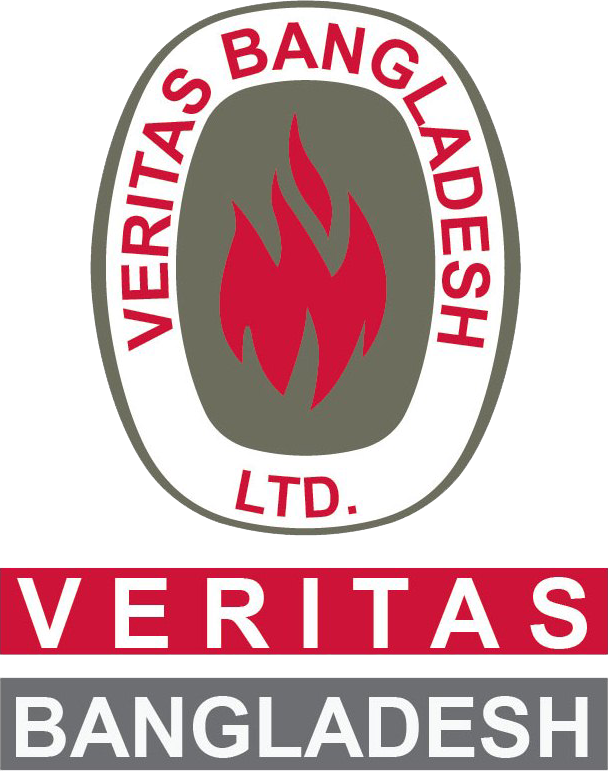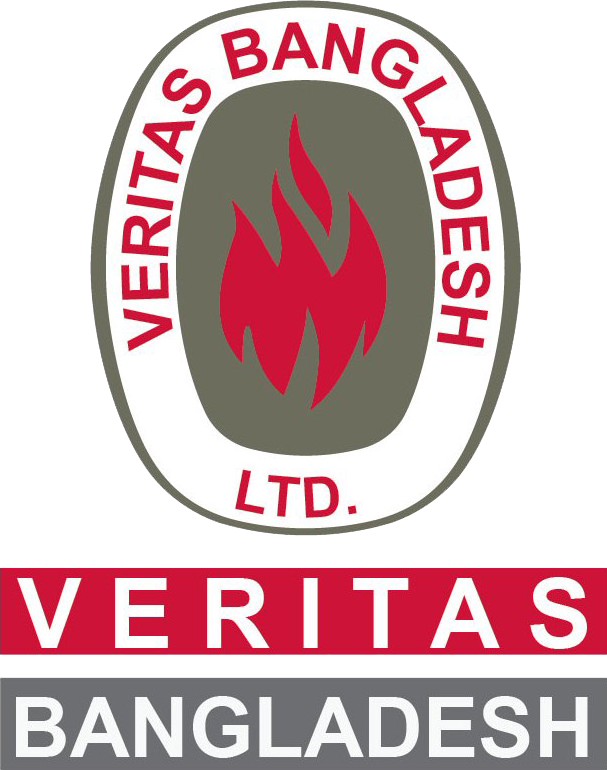Structural Assessment
VERITAS is one of the leading, safety assessment firm in Bangladesh, working in those services relate to design, safety, compliance and improvement of Quality Health Safety, Environment, Social Accountability and including conformity assessment services.
Assessments :
Menu
GET IN TOUCH
To know more, please fill the
form below…
CALL DIRECTLY
Initial Inspection - Structural
Document Review:
During this part of inspection, auditor checks the available documents in presence of factory Engineer/representative to check the availability of documents based on which the Structural Integrity Assessment will proceed. Following key documents shall be reviewed:
- Approval plan,
- Occupancy certificate,
- Full set of original Architectural drawings/as built Architectural drawings
- Full set of original Structural drawings/as built Structural drawings,
- Geotechnical report,
- Machine lay out plan,
- Floor load plan,
- Previous assessment report (if any),
- Material test report etc.
Physical Observation:
During this part of assessment, auditor shall travel every corner of the factory and collect data regarding nonconformities present in all key structural elements and collect photographic evidence as well. The major issues which shall be covered in the physical observation are as follows:
- Structural system
- Verification of as built condition with existing structural/ architectural drawing.
- Load path and load carrying system
- Major/progressive distress in key structural element
- Foundation settlement
- Dampness, effloresces, standing water on roof
- Expansion joint condition (if any)
- Existing loading condition
- Identification of overloading area
- Condition of façade system
- Undocumented horizontal/vertical extension
- Availability of posted load plan and load marking
Details Engineering Assessment (DEA):
Details Engineering Assessment (DEA):
- Assessment Procedure
- Resources Management
- Assessment Procedure:
- Physical Observation
- Investigative Studies
- Inferences
- Strengthening Measures
- Concluding Remarks
- a) Physical Observation
- Any sign of settlement
- Any sign of distress in any key structural elements
- Any kind of dampness/standing water.
- Any kind of corrosion.
- Any kind of twisting/rupture/ sagging in the structural members.
- Any other defects in the any structural elements.
- Current loading condition in the structure (at each floor)
- b) Investigative Studies
- Dimensional measurement of structural members
Testing:
SDT:
- Semi-Destructive test to access of in-situ concrete in RC footings, Columns, Beams and slabs
NDT:
- Ultrasonic pulse velocity test on RC columns and beams
- Rebound Hammer test on RC slabs
- Cover meter studies to map the disposing and dia of peripheral rebar’s in RC members
- Theoretical analysis to verify the structural adequacy of existing members for present level loading
- c) Inferences
- Inferences based on the above investigative studies.
- d) Strengthening Measures
- Retrofitting Scheme
- e) Concluding Remarks
- Recommendation(s) based on results of DEA–including restriction of loading, restriction on vertical extension.
Resources Management:
- Six members required in each DEA team and they will divide into four groups under one team leader.
Group A:
Member:
- Structural engineer
- CAD operator
Responsibilities:
- Dimensional measurement of structural members.
- Prepared as-built Structural drawing.
Group B:
Member:
- Structural engineer.
- Two labors from client end.
Responsibilities:
- Semi-Destructive test (core samples) to access of in-situ concrete in RC footings, Columns, Beams and slabs.
- Ultrasonic pulse velocity test on RC columns and beams.
Group C:
- Team leader
- Structural engineer
- Responsibilities:
- Cover meter studies to map the disposing and dia of peripheral rebar’s in RC members.
- Rebound Hammer test on RC slabs.

